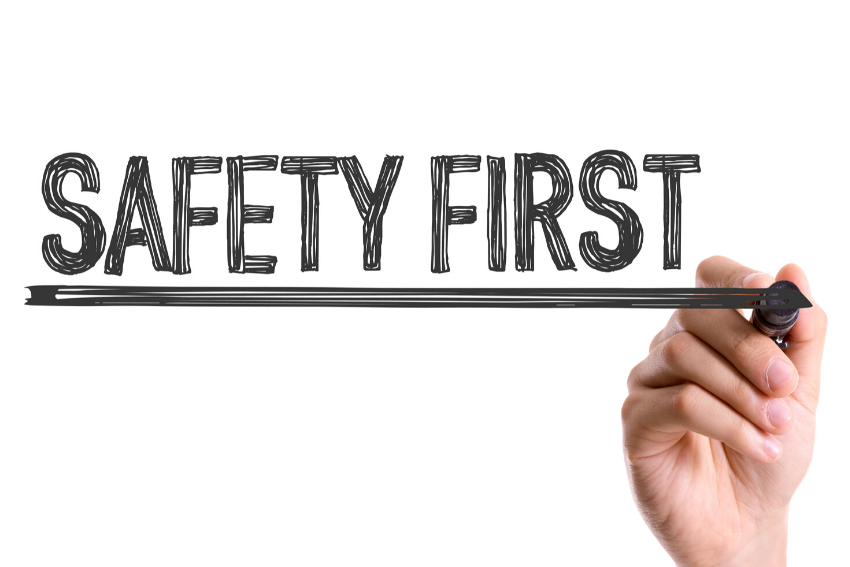Give your logistics career a health check

You may have watched the vintage comedy Planes, Trains and Automobiles. Well, add in boats, barges, HGVs, vans, mopeds, motorbikes, forklifts, even drones . . . and we’ve only just begun to explore the big, wide world of logistics.
The art of transporting goods is a global enterprise, involving not only every kind of transport known to humankind but also an army of dedicated professionals.
And at the heart of everything is an all-important hub: the warehouse.
For the uninitiated looking in, this is an epicentre of full-on, fast-paced action, where warehouse operators, forklift drivers, and logistics analysts all work together to fulfil one mission: sort what comes in and send it back out – intact, in order, on time.
Seemingly simple, yet incredibly complex, this is high-level work. It’s important, therefore, that workplace health and safety is taken just as seriously.
This is an environment where workers can be found lifting items, operating conveyor belts, climbing ladders and using machinery as part of their daily routine.
Thankfully, independent research has shown employing a Health and Safety Officer can reduce any potential mishaps by as much as half.
As a safety pro, your mission is to be on the scene to prevent accidents and injuries, as well as continually assess work practices to prevent long-term bad habits that could bring on work-related illness.
Depending on the products being handled, you may also monitor loading weights and storage temperatures.
You do have guidelines to help you help others – employers must abide by the Health and Safety at Work Act of 1974 – and it’s your responsibility to keep managers up to speed with any new legislation.
Inspecting and maintaining equipment is also a responsibility, as is keeping a detailed record of potential hazards or accidents and, of course, making recommendations for improvement.
You also have a work buddy in the form of the maintenance engineer, whose primary tasks include maintaining and repairing all the moving parts – seen and unseen – that are vital to daily operations.
These can be in anything from heavy plant to delicate production machinery and even the handheld digital equipment used by operators.
It’s not just about repairing things if they go wrong then checking their performance. Based on daily monitoring and future-proofing research, the engineer can pinpoint ways to improve operations – through safer, more efficient systems or upgrades to new technologies, such as AI systems and robots.
Just as important for health and wellbeing in the warehouse is the hygiene officer, who ensures a spick and span operation. This is especially important where food and drink are being stored and handled.
Finally, a quality control administrator, while not directly associated with safety, is employed to ensure the highest standards are always kept. In a warehouse setting, this means being a devil for details and a pedant for perfection.
It’s through quality control that goods and parcels remain in perfect condition as they move through the stages of being processed – while workers benefit from a positive and productive workplace that boosts job satisfaction.
Warehouse operatives who build up time and experience are great candidates for the position of quality control administrator and can work up to the role of quality control manager.
If you’d like to get your own career in the best of health, why not begin by looking at the latest roles in Logistics/Distribution from jobs24.com?
Posted on February 11, 2020
Topics
Recent
- Questions to Ask at the end of an Interview
- How to write a CV & Cover Letter to stand out!
- How to Write a Resignation Letter
- More questions than answers on the outlook for jobs
- Too much intensity as job satisfaction ‘levels down’
- Time to emasculate male-coded job advertisements
- Employers must stop the rot of the toxic workplace
- Home truths about cutting pay for remote workers
